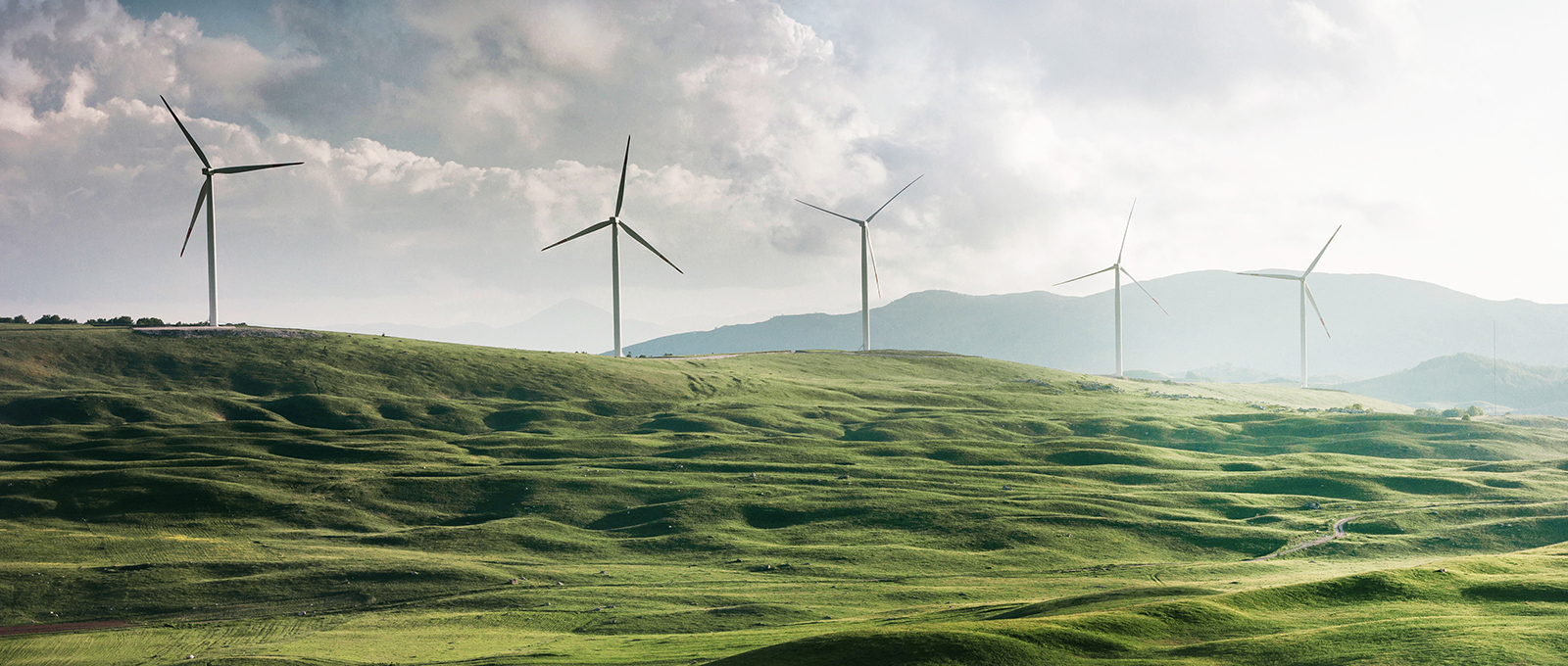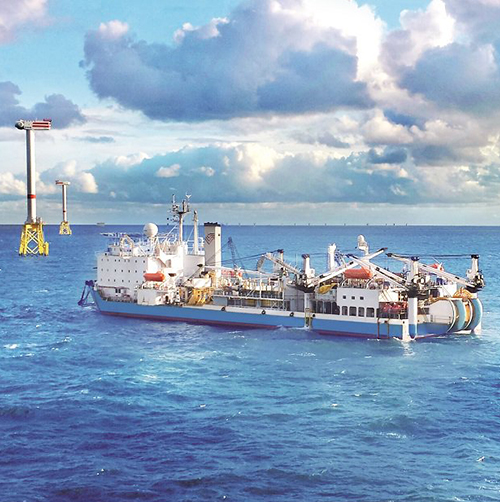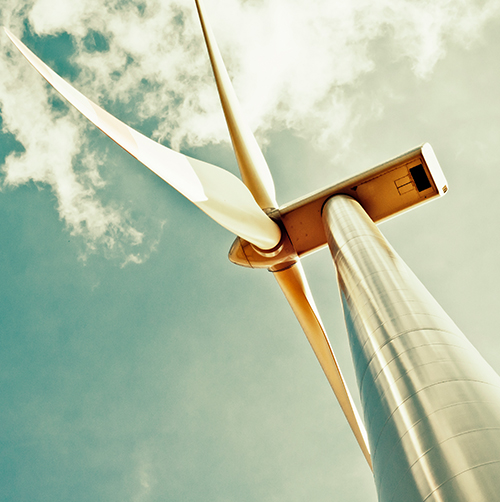Three ways Prysmian Group is enabling the transition to sustainable energy

Morgan Stanley included Prysmian among 33 “focus stocks” that offer solutions to reduce carbon emissions

A solution provider bringing renewable energy where it is needed
As the world economy scrambles to adapt to a rapidly-changing climate, the shift away from fossil fuels to renewable energy sources will be one of the keys to reducing dangerous greenhouse gas emissions.
Prysmian Group is an enabler of this transition to clean fuels in three ways.
The first is that Prysmian’s specially-engineered undersea energy cables enable offshore wind farms to transport energy back to land, as well as transport this energy across borders to countries that need it.
Offshore wind farms are particularly suited towards conditions in Northern Europe, where the world’s largest, Hornsea One, came on stream last year. Prysmian is a supplier to Hornsea Two, which will be up and running supplying 1.3 million families in 2022, located 89 kilometers off the Yorkshire coast in the UK.
“The cables we produce are the enabler of the transition, we enable to transfer the energy that was produced by these wind farms to where it is needed.”

Hakan Ozmen
Executive Vice President Projects, Prysmian Group
Prysmian has played a leading role in the development of offshore wind farms in Europe, and recently won a contract from Vineyard Wind for a wind farm in the United States.
Both water depth of wind farms and distance to shore have increased over the years and are expected to further increase in the future, according to industry groups. This trend works in Prysmian’s favor, since distances of over 100 kilometers from shore is an area where the group has expertise.
In its recent report “Decarbonization: the race to net zero,” Morgan Stanley included Prysmian among 33 “focus stocks” that offer solutions to reduce carbon emissions, and also rated these 33 stocks “Overweight.” These are among the 118 companies the bank has selected that are involved with five decarbonization technologies: renewables, electric vehicles, hydrogen, biofuels, and carbon capture.
“Decarbonizing the production of electricity is the largest opportunity for carbon emissions reduction, with a quarter of global emissions released by the power sector. The economics of solar and wind have improved significantly, which will drive growth going forward,” Morgan Stanley said.
The bank estimates that 13% of Prysmian’s EBITDA or gross profit comes from utilities’ switch to renewable energy.
Prysmian’s overhead energy cables are another enabler helping utilities cope with global warming, because certain varieties of Prysmian Group cables are fireproof. Citi wrote recently in a report that “while the US increasingly suffers from wild fires and summer black-outs as a possible result of 50 years of under-investments in its (mostly) aerial transmission, Prysmian is the only player with both expertise and local presence to support the US” in making its grid safer and more efficient.
“Although still mostly unnoticed by the ESG wave, Prysmian should be a core stock for many investors looking for exposure to sustainable energy sources,” wrote Citi.
The third way Prysmian is an energy transition enabler is through its optical fibres for telecommunications. Optical fibre is the ideal foundation of the super-fast 5G networks now being built by telecoms operators. These new networks can help contribute to a more sustainable economy if there is a will to do so, according to a recent study by Deloitte and GeSI, the Global Enabling Sustainability Initiative.“Emerging technologies – enabled by 5G – will be fundamental means for industries, cities and countries to reduce their carbon footprints exponentially and put us on track for a 1.5C future,” wrote Borje Ekholm, President and CEO of Ericsson, on his blog in January 2020.







